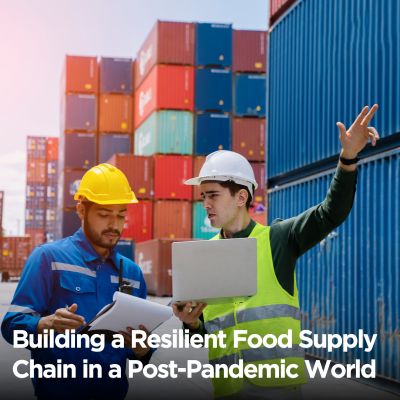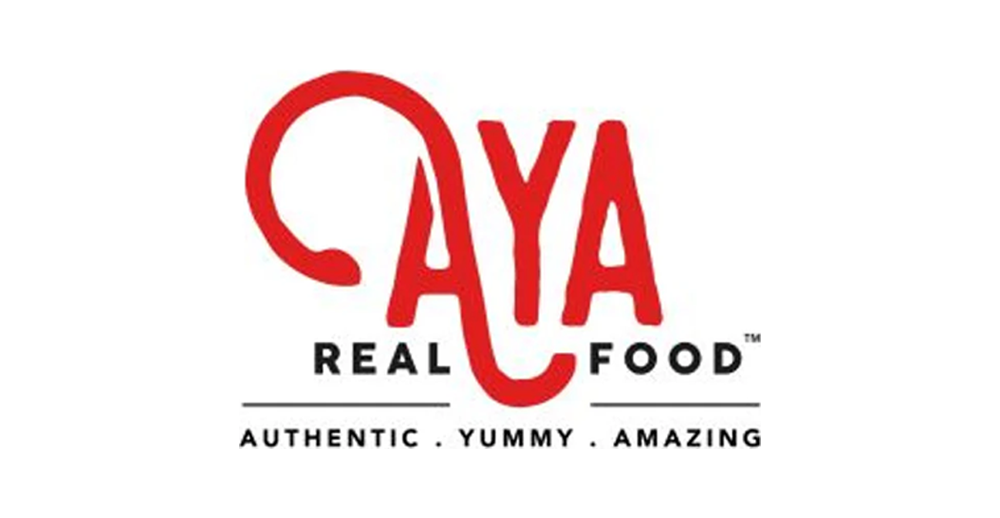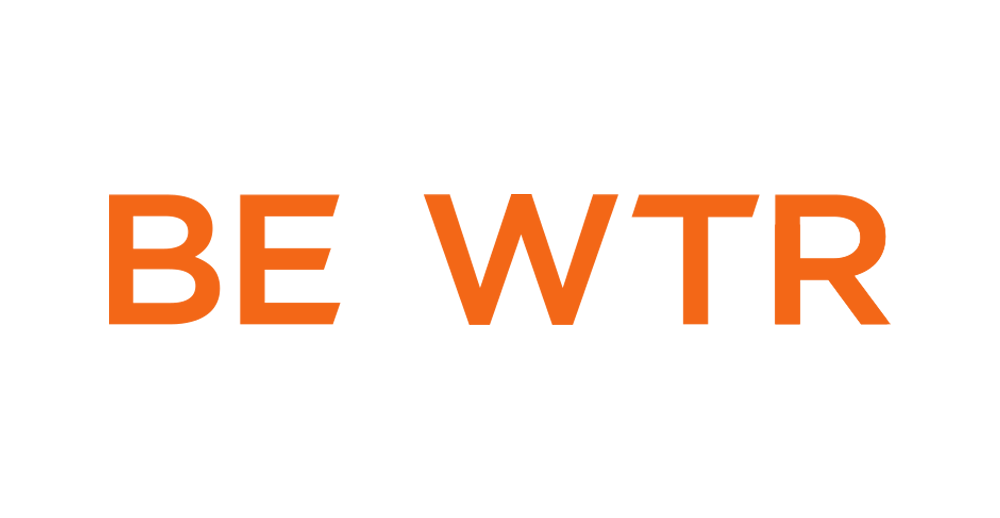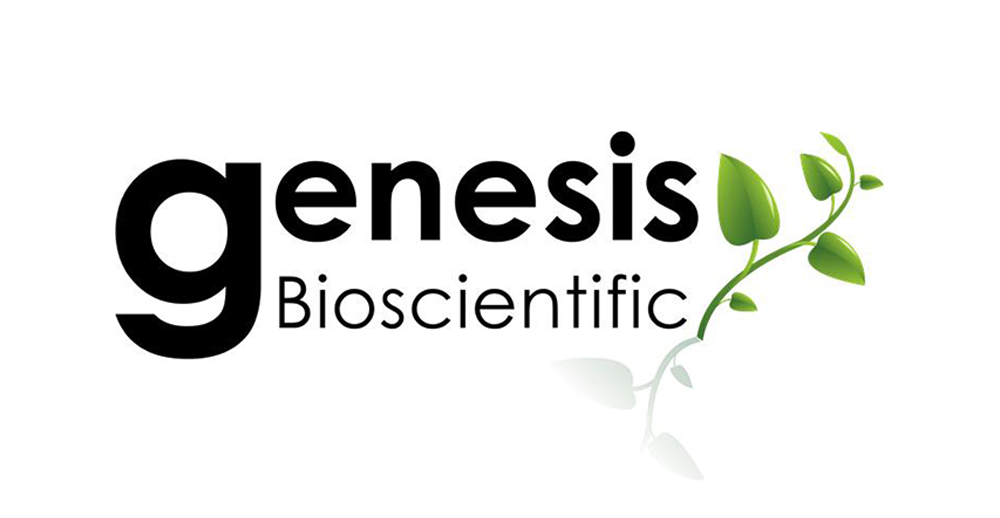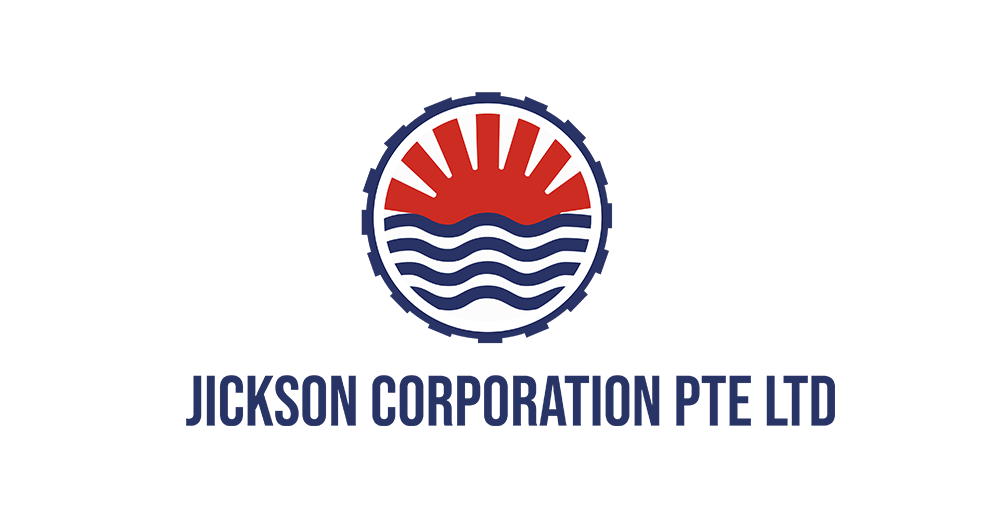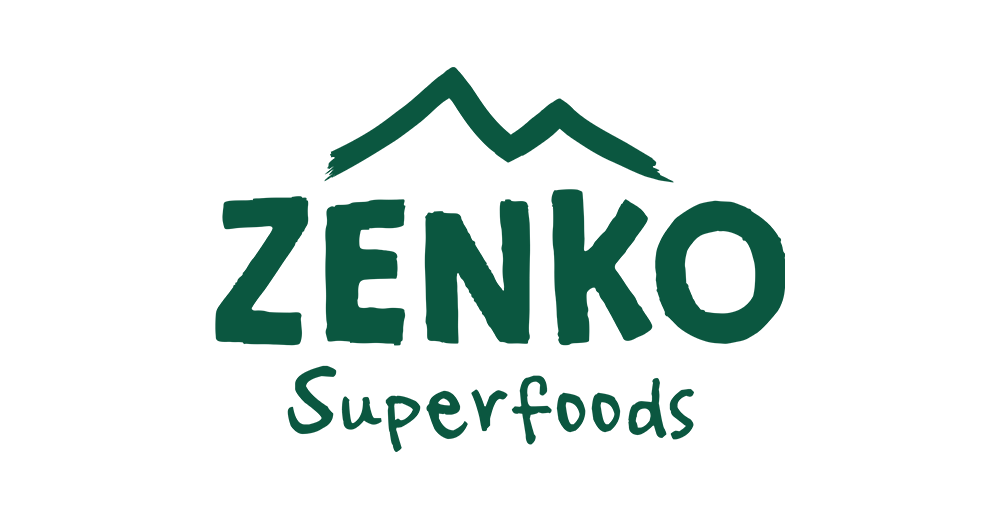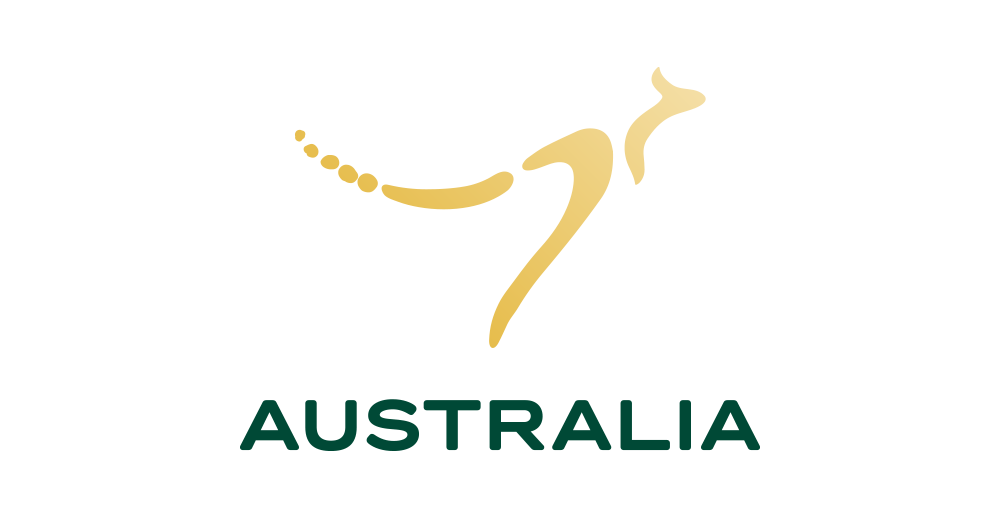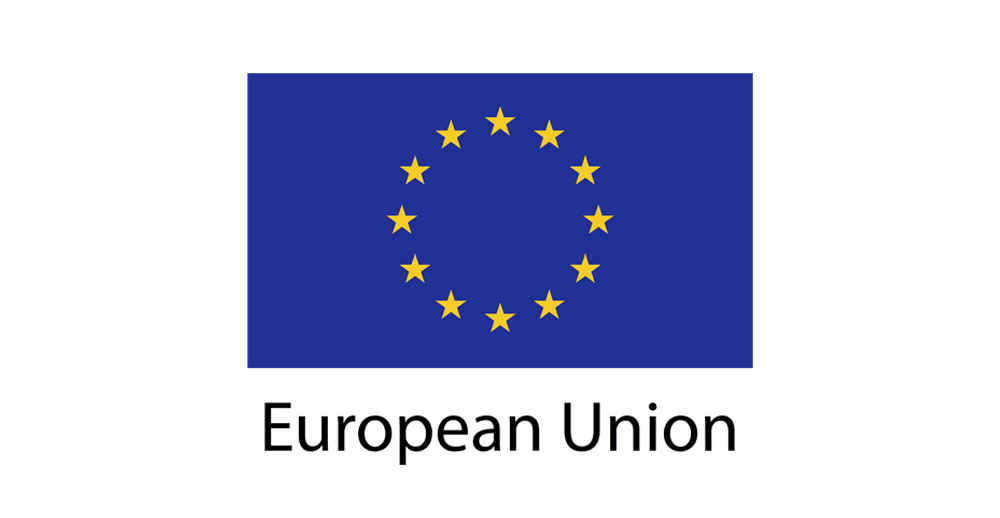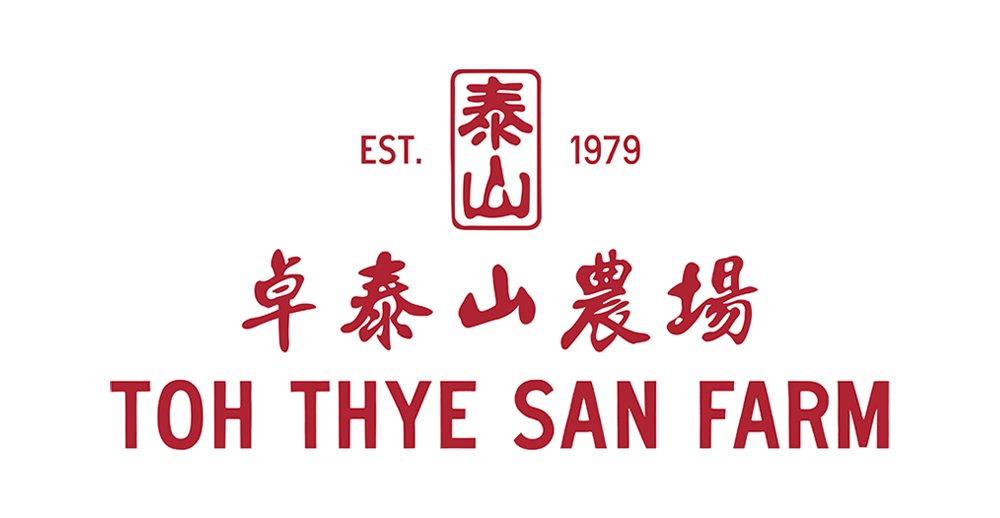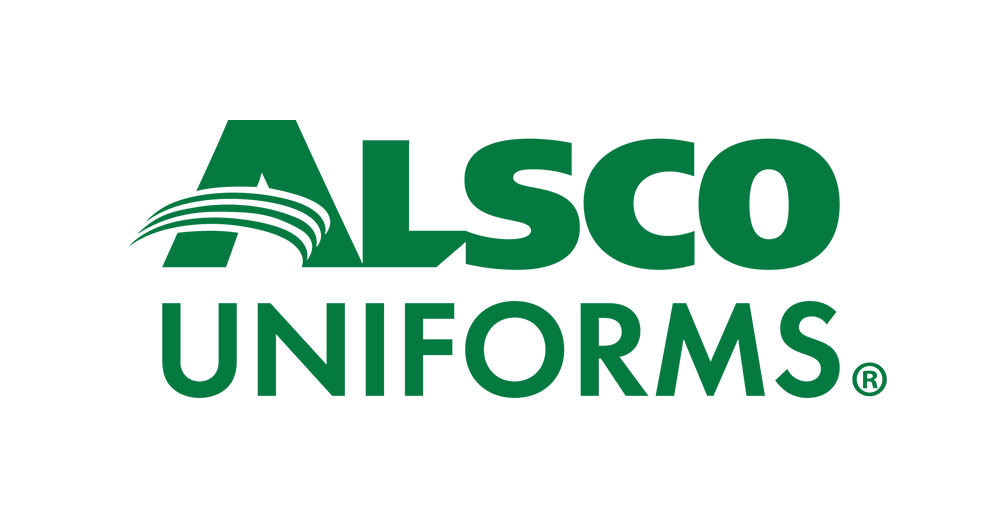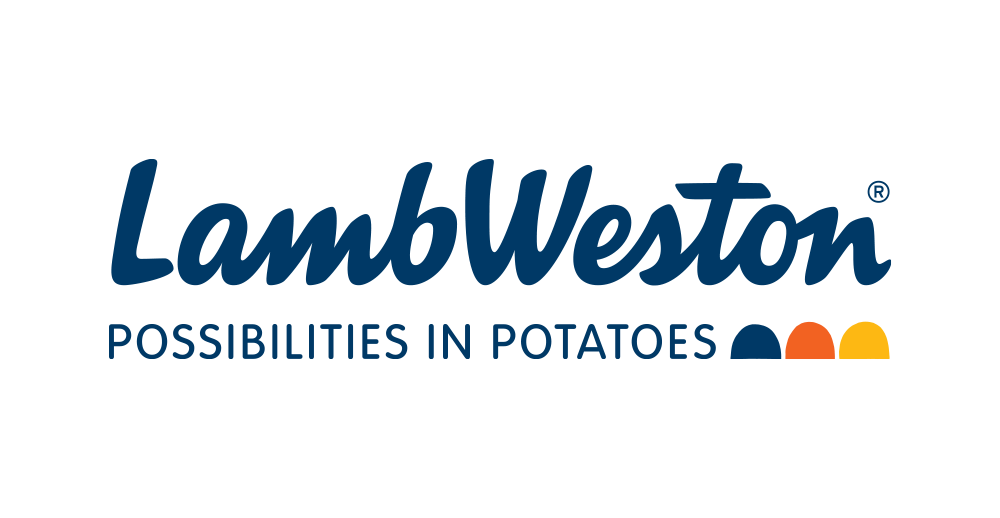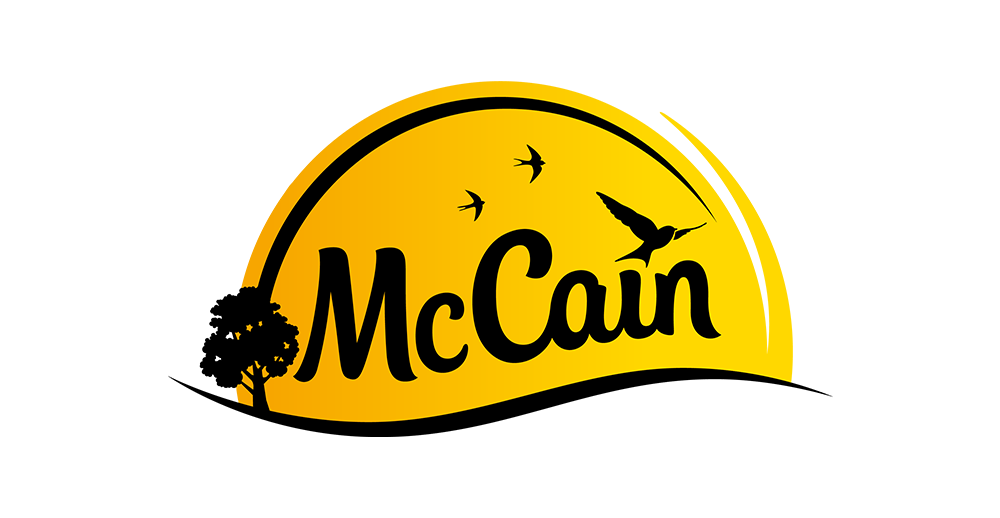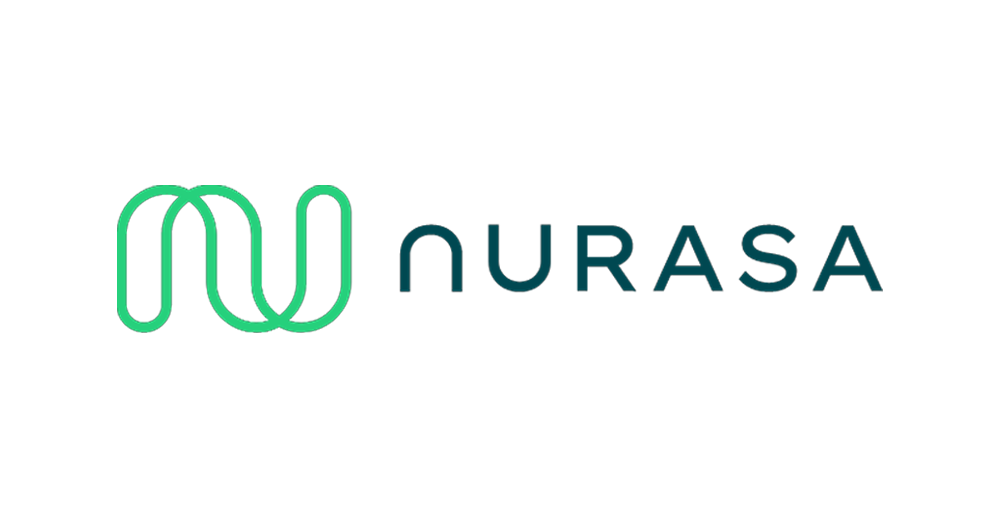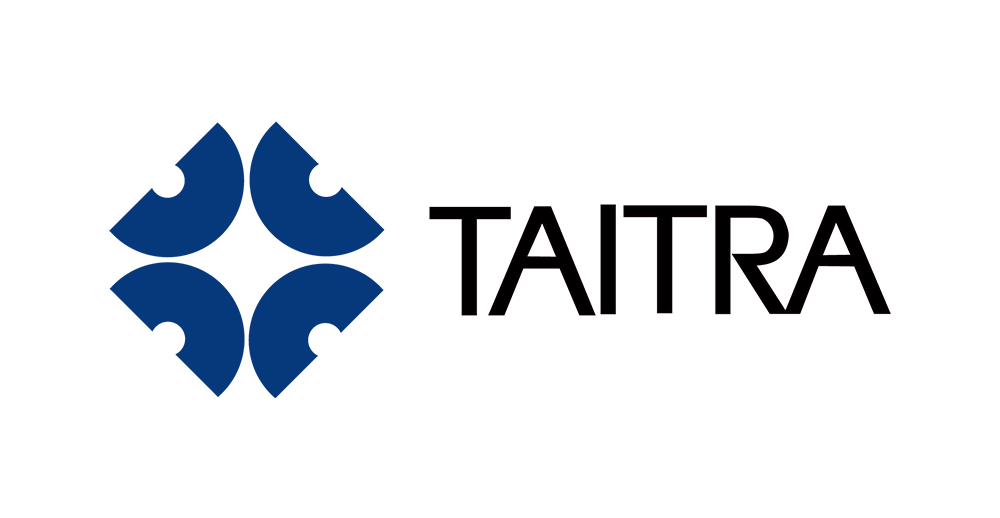In today’s fast-evolving F&B sector, transparency and privacy in the food industry have become key factors influencing consumer trust and business success.
As more consumers seek detailed information about where their food comes from and how it is processed, businesses find it increasingly necessary to disclose more information about their products.
At the same time, the rising prevalence of food allergies puts an even stronger spotlight on the need for transparent food labeling.
However, this demand for transparency often comes at the cost of protecting proprietary processes and sensitive information.
Food companies must carefully balance consumer expectations for openness and maintaining privacy to safeguard their business interests.
This balance impacts consumer trust in food businesses and the operational security of food manufacturers.
In this article, we will explore the challenges and opportunities surrounding food transparency, examine food labeling laws in Singapore, and consider how companies can comply with allergen labeling compliance while protecting their trade secrets.
We will also delve into the role of food security and customer experience in ensuring trust and safety.
Why Transparency Matters in the Food Industry
In recent years, consumer trust in food businesses has become a significant factor in purchasing decisions.
As consumers become more aware of the potential dangers lurking in food products—such as food allergens and hidden ingredients—there is an increased demand for food transparency.
Consumers want to know what’s in their food, where it comes from, and how it’s made. This is especially critical for individuals with food allergies, who rely heavily on accurate labeling to avoid dangerous reactions.
The global rise in food allergies, as highlighted by Dave Bloom, CEO of SnackSafely, emphasizes the critical need for transparent communication between manufacturers and consumers.
“The prevalence of food allergies is skyrocketing, resulting in an ever-growing consumer base that needs to know that the products they purchase do not contain traces of their trigger allergens.”
Dave Bloom, CEO, SnackSafely
It is essential to disclose this information to avoid severe consequences for consumers and create a breakdown in consumer trust in food businesses.
Transparency also extends beyond allergens to broader concerns, such as the ethical sourcing of ingredients and the environmental impact of food production.
Consumers today demand more than just a list of ingredients—they want transparent food labeling that reflects sustainability, safety, and ethical practices.
Transparency helps consumers make informed decisions and builds long-term trust between brands and customers.
Food Labeling and Allergen Disclosures
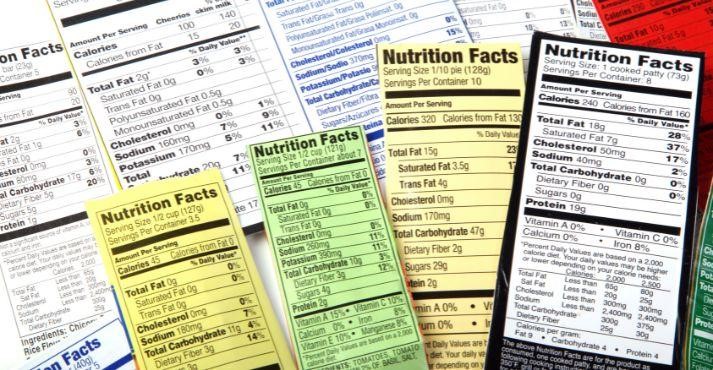
One of the most critical areas where food transparency is essential is labeling, especially regarding allergen disclosures.
Governments and food safety agencies worldwide have enacted regulations requiring manufacturers to disclose specific product allergens.
For example, the U.S. Food and Drug Administration (FDA) mandates the disclosure of the “Top 9″ allergens, which include peanuts, tree nuts, milk, eggs, fish, shellfish, soy, wheat, and sesame.
In other regions, such as Singapore, regulations like the food labeling laws set forth guidelines for ensuring transparency in ingredient lists and allergen disclosures.
These laws are critical for promoting safety and trust among consumers, particularly those with food sensitivities. Allergen labeling compliance is not just a legal requirement; it’s a matter of protecting consumers from life-threatening allergic reactions.
Despite these regulations, more needs to be done to communicate allergen information. While manufacturers must disclose the presence of these allergens, they are not always required to disclose the risk of cross-contact, where allergens may unintentionally come into contact with other products during manufacturing.
This creates potential risks for consumers with severe allergies who rely on allergen labeling compliance to make safe purchasing decisions.
Regulations like food labeling laws in Singapore and other countries strive to address these gaps, but more voluntary disclosures are needed, especially in facilities with cross-contact risks.
Transparent food labeling ensures consumers can make informed choices and protect their health.
Another area where transparency plays a key role is in the customer experience. When companies provide clear, accurate information on food labels, consumers feel confident in their purchases, resulting in higher satisfaction and brand loyalty.
The Role of Technology in Food Transparency
The rise of technology has dramatically enhanced the potential for food transparency in the modern food industry. Consumers now have access to a wide range of tools that allow them to trace the origins of their food, verify its safety, and ensure it meets ethical standards.
Forward-thinking companies use technologies like blockchain, QR codes, and mobile apps to provide consumers with more information about their products than ever before.
Blockchain technology, in particular, has become a game-changer in food industry safety. It allows food producers to track every step of the supply chain, from farm to table, transparently and tamper-proof.
This ensures that consumers can trust food companies’ claims regarding the origins, ingredients, and safety of their products.
As a result, blockchain can significantly boost consumer trust in food businesses, particularly in industries where trust is critical, such as organic and non-GMO products.
QR codes are another powerful tool in promoting food transparency. By scanning a QR code on a product’s packaging, consumers can instantly access detailed information about its ingredients, sourcing, and environmental impact.
This level of transparency builds consumer confidence and encourages more informed purchasing decisions.
While these technologies promote food transparency, they also raise questions about privacy and the amount of data being shared.
For instance, as consumers scan QR codes or use apps to check food information, companies collect data on consumer preferences, behavior, and purchasing habits.
This data can be precious for businesses but also presents privacy concerns that must be addressed.
Food Security and the Importance of Data Privacy

Food security is another vital aspect of food industry safety that requires transparency. In an increasingly globalized food supply chain, ensuring food products are safe, sustainable, and contamination-free is paramount.
However, to achieve this level of food security, companies must share more information about their supply chains, production methods, and quality controls.
At the same time, there are valid privacy concerns about how much information should be disclosed.
For food manufacturers, disclosing too much can expose them to risks such as the theft of proprietary processes or the leaking of sensitive business information.
Balancing the need for food security with the need for privacy is a delicate challenge that businesses must navigate carefully.
The growing demand for transparency also affects how companies handle data privacy. With more consumers using digital tools to access information about their food, companies are collecting vast amounts of consumer data.
This data includes details on purchasing habits, dietary preferences, and even personal health information. While this data can help companies improve their products and marketing strategies, it raises significant privacy concerns.
Regulations like the General Data Protection Regulation (GDPR) in Europe have been implemented to protect consumer data and ensure businesses handle this information responsibly.
However, in the food industry, balancing transparency with privacy means complying with data privacy laws and earning the trust of consumers who expect their information to be kept safe.
Privacy Concerns for Food Manufacturers
While transparency is critical for consumers, it can create privacy concerns for food manufacturers. Businesses must protect their proprietary information, including recipes, production processes, and sourcing methods.
Too much transparency can expose manufacturers to risks such as intellectual property theft or revealing food industry safety practices that give them a competitive edge.
For manufacturers, maintaining the right level of food transparency without compromising their business interests is essential.
Privacy concerns become particularly significant when companies are required to disclose information that could reveal sensitive aspects of their production process or supply chain management.
Trade secrets, intellectual property, and other proprietary data must be kept secure to maintain a competitive advantage in the marketplace.
Moreover, food manufacturers face the additional challenge of protecting consumer data. As companies collect more consumer behavior, preferences, and health data, they must ensure that this information is kept private and secure.
Food security also extends to data safeguarding, and failure to protect this information could result in severe legal and reputational consequences for businesses.
Balancing Consumer Protection with Business Privacy

Many food manufacturers face the challenge of balancing consumer trust in food businesses with the need to protect proprietary information.
Companies can achieve this balance by adopting best practices that ensure safety without overexposing sensitive business details. For instance, businesses can invest in technologies like blockchain to track food sources without revealing too much about their internal processes.
At the same time, robust food safety regulations and allergen labeling compliance can provide consumers with the information they need without compromising the privacy of food manufacturers.
A well-structured food safety audit can help identify which disclosures are essential for consumer confidence and which aspects can remain protected for business competitiveness.
By finding the right balance, businesses can promote trust while protecting their competitive advantages.
Another way businesses can protect both transparency and privacy is by segmenting the information they share with consumers.
For example, companies can focus on sharing non-proprietary information directly impacting consumer safety, such as ingredient sourcing and food labeling laws in Singapore, while safeguarding proprietary processes.
This approach helps maintain consumer trust in food businesses without compromising the company’s ability to compete.
Conclusion
In conclusion, the demand for transparency and privacy in the food industry continues to grow, fueled by rising concerns about allergens and the need for detailed information on food sources.
Businesses must prioritize transparent food labeling and adhere to food safety regulations to ensure consumers can make safe and informed choices.
However, protecting proprietary information remains crucial for food manufacturers as they navigate the delicate balance between openness and privacy.
By adopting best practices, the food industry can meet consumer expectations for transparency while safeguarding critical business interests.
Additionally, addressing concerns around food security and customer experience will further help build trust in the food industry for years.


